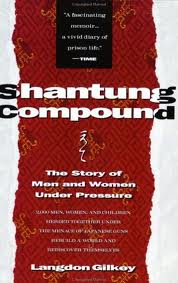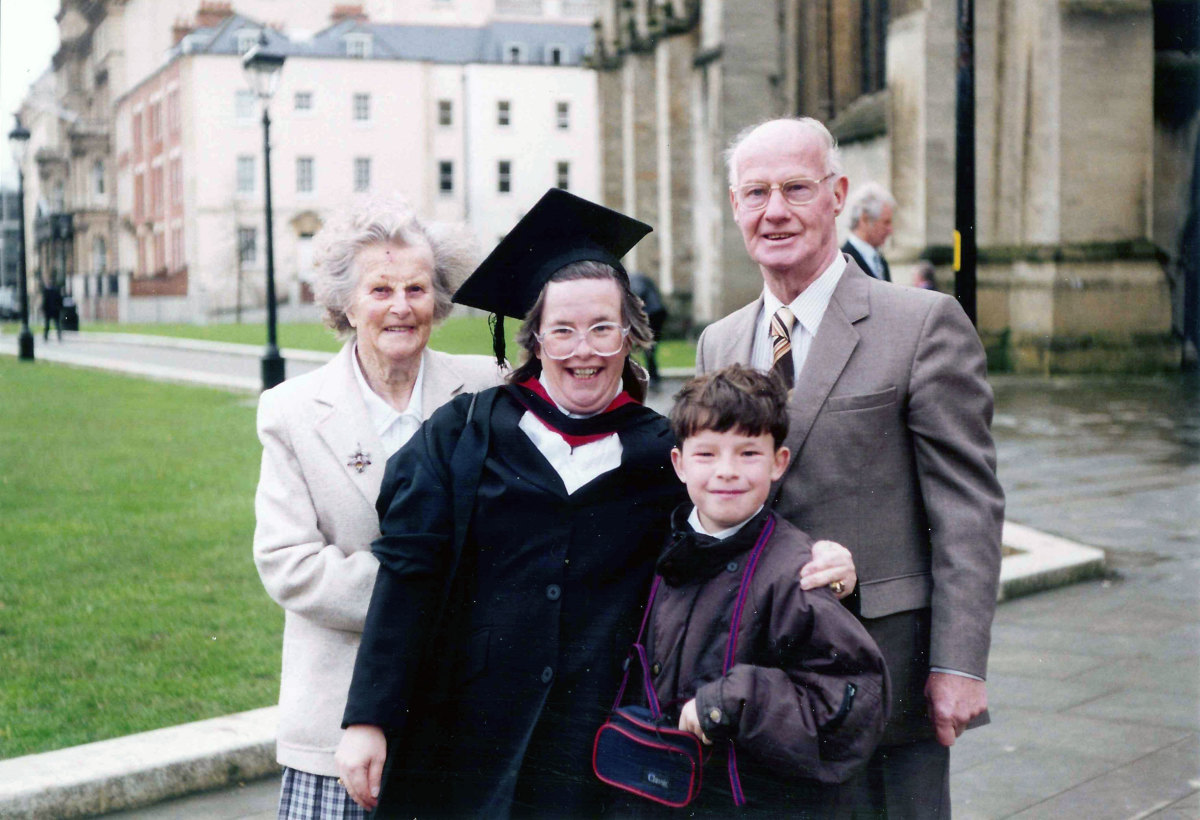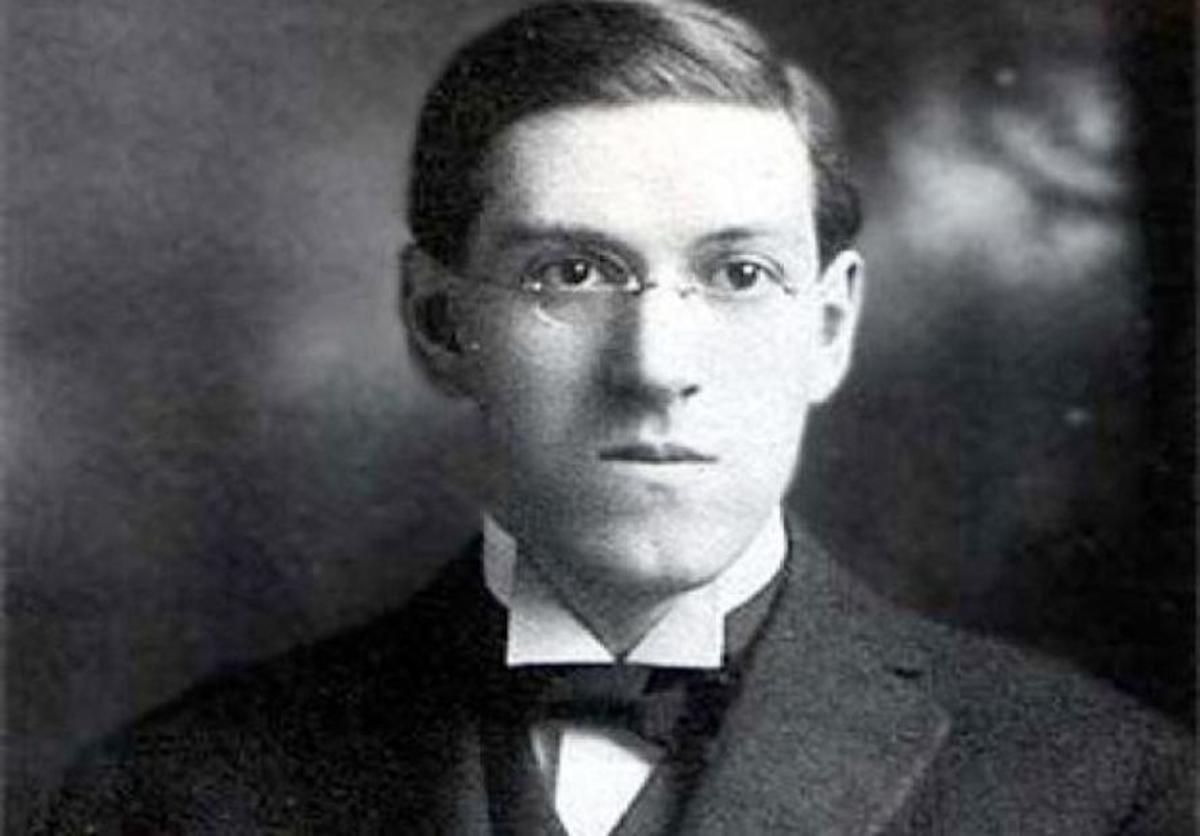Shantung Compound Review: My Final Thoughts

In the beginning of this book, Americans, Italians, British, and Russians were living a comfortable life in China. These people were use to others doing their laundry, cooking, and cleaning for them. One day, the Japanese sent out letters to Americans and British in China that they were going to live in an internment camp, where the previous luxuries they received, would still be available for them. The Americans and British did as they told only to discover that they had to figure out how to cook, clean, and wash clothes on their own.
The Americans, British, and people of other ethnicities realized that it would be tough to develop a society of proper function and support by themselves. The various amounts of people had many different viewpoints, opinions, customs, norms, and religions that they believed in. There were many conflict situations such as the amount of space each individual received in the housing department. For example, a teenager and his parents were constantly bickering living in the same room with each other. The boy wanted to live with someone else. The problem with this is that all of the other rooms were filled with people and no one wanted to give up their small amount of space. These people felt that they were giving up there self-assurance and dignity, if they let someone else move in, which would result in them receiving less space.
As time passed by, the interactions of the people with people of other ethnicities and beliefs began to calm down. These people were able to cooperate with each other because they realized that they needed to work together in order to live and survive the interment camp. An example of this is when everyone in the camp were assigned to either cook in the kitchen, clean the outhouse stalls, clean the kitchen, build tools, etc. This type of interaction could best be describes as the functionalist perspective. The functionalist perspective could best be described as members of society working together to maintain stability in the society. Another scenario is when there was the meeting of the leaders. This meeting addressed the fact that there needed to be someone in charge so that eating, constructioning, and cleaning could occur within the society.
The interaction of the people in society could best be described at first as being distant, cold-hearted, argumentive, etc. Eventually, as the people began to interact with one another, they became content, close, and less argumentive. An example of this is when Langdon went to the hospital because he burned his feet, when he accidentally stepped into a boiling pot of water. When he went to the hospital, he recognized familiar faces and knew most of the people there. He was content with staying in the hospital because he was comfortable being around the people he knew, understood, worked with, etc. Interacting with others can help someone to understand the opinions and customs of others about certain situations. Another event is when the people in the camp had to work together to choose the people who would be potential leaders. The leaders were chosen from the different cities that were represented at the camp. The people came up with this idea because they thought that is was logical and fair. Then, certain people began to say that they couldn’t accept the postion because it was too much for one person to handle. Next, nine people were chosen to be the leaders or representatives of certain departments. The situations would be described as being the interactionist perspective. The interactionist perspective is the social interaction used to understand society as a whole.
Overall, the book is a great book, where assumptions upon hearing the introduction should be immediately dismissed. A reader of this book shouldn’t assume that the experience of this camp was horrible and tragic. When in retrospect, the experiences at the camp was not horrible, but was rather livable and content. The people learned to work with one another, in order to live day to day.
Here below are some other amazing articles that I've written:






